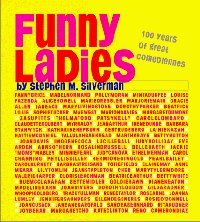 When I picked up this book at Hooked on Books last year, I might have though the book was authored by Sarah Silverman, who is a comedienne and might have collected stories of those who came before her (even though in the Good Book Hunting post, I got the author’s full name). I say I might have then, because when I’ve seen it on the bookshelves between then and now, I’ve had the same thought. But it’s by a dude who’s been a reporter and a celebrity book writer for a while by 1999.
When I picked up this book at Hooked on Books last year, I might have though the book was authored by Sarah Silverman, who is a comedienne and might have collected stories of those who came before her (even though in the Good Book Hunting post, I got the author’s full name). I say I might have then, because when I’ve seen it on the bookshelves between then and now, I’ve had the same thought. But it’s by a dude who’s been a reporter and a celebrity book writer for a while by 1999.
At any rate, the book collects short bios about a number of comediennes (I wrote it again because I’m pleased I know how to spell it) from the various 20th century media (including theatre, which is not media per se, and I put those in italics because the italic store had a discount). It runs roughly in chronological order, with women from vaudeville and burlesque through women on The View (Which is 23 years old now? Crazy!).
You’ve got Fanny Brice (and Barbra Streisand, who gets into the book by virtue of playing Fanny Brice). You’ve got Gracie Allen, which reminds me I have more George Burns to read, and I should. You’ve got Mae West, Lucille Ball, Dorothy Parker, Sophie Tucker, Tallulah Bankhead, Carol Burnett, Totie Fields, and so on. When we get to the modern era, we’ve got Roseanne Barr, Tracey Ullman, Ellen, Rosie O’Donnell, Rita Rudner, Margaret Cho, Whoopi Goldberg, and so on. Apparently, Joy Behar was considered a comedienne (I really hope I’ve spelled it right because I made a point of saying I did) at some point.
On the one hand, like Whatever Became Of…?, it makes me realize how many movies from the early part of the century I missed.
The book talks about all the things that the comediennes did in the early part of the century, movies and theatres and television series, but the latest in the book have much thinner resumes. I mean, Whoopi Goldberg has Ghost, The Color Purple, Star Trek: The Next Generation, Sister Act, and Eddie (knowing this last might make me a Whoopi super fan). I like Rita Rudner, but aside from a book and some cable stand-up shows, what does she have? Not to mention Margaret Cho–she had a short-lived television series, I recall.
But after the 1970s, the funny ladies are all a little more, erm, political–as is this book. We get to the 1970s, and suddenly there are jabs at Nixon (“Richard Nixon appointer her [Pearl Bailey] the country’s unofficial Ambassador of Love, one of the few nonpartisan things he ever did.”) and digs at conservatives. And, of course, even beyond 1999, we’ve seen how political comedy has become.
Of course, twenty years after this book, we see what has become of the then-young modern funny ladies (which is easier to spell than comedienne). Mostly talk shows and not a lot of movie credits. It’s a different career now than it was then, I suppose, and the media have changed. These women can maybe get by with an occasional book and movie where the women of the 1940s had lower salaries and had to hustle more, which leads to lengthier IMDB entries.
At any rate, it’s a pleasant book. I wish I would remember more of it than I will; perhaps if I get into actually watching these women, I’ll remember them better.
 As you might recall, gentle reader, I bought this book on my last excursion to ABC Books, where the author was signing books.
As you might recall, gentle reader, I bought this book on my last excursion to ABC Books, where the author was signing books. 


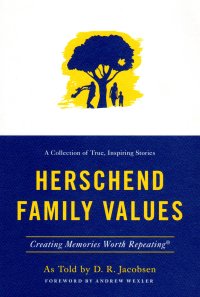 This book marks a momentous event: I have read all of the books that I bought at Calvin’s Books
This book marks a momentous event: I have read all of the books that I bought at Calvin’s Books  This is the second monograph or collection of photography I’ve reviewed this football season, and strangely enough, neither of them really during a football game. As it happens, one of our floor lamps died this year, and I moved the one I used when watching football to the more important location by the reading chairs. So I ended up with a couple monographs out on the
This is the second monograph or collection of photography I’ve reviewed this football season, and strangely enough, neither of them really during a football game. As it happens, one of our floor lamps died this year, and I moved the one I used when watching football to the more important location by the reading chairs. So I ended up with a couple monographs out on the 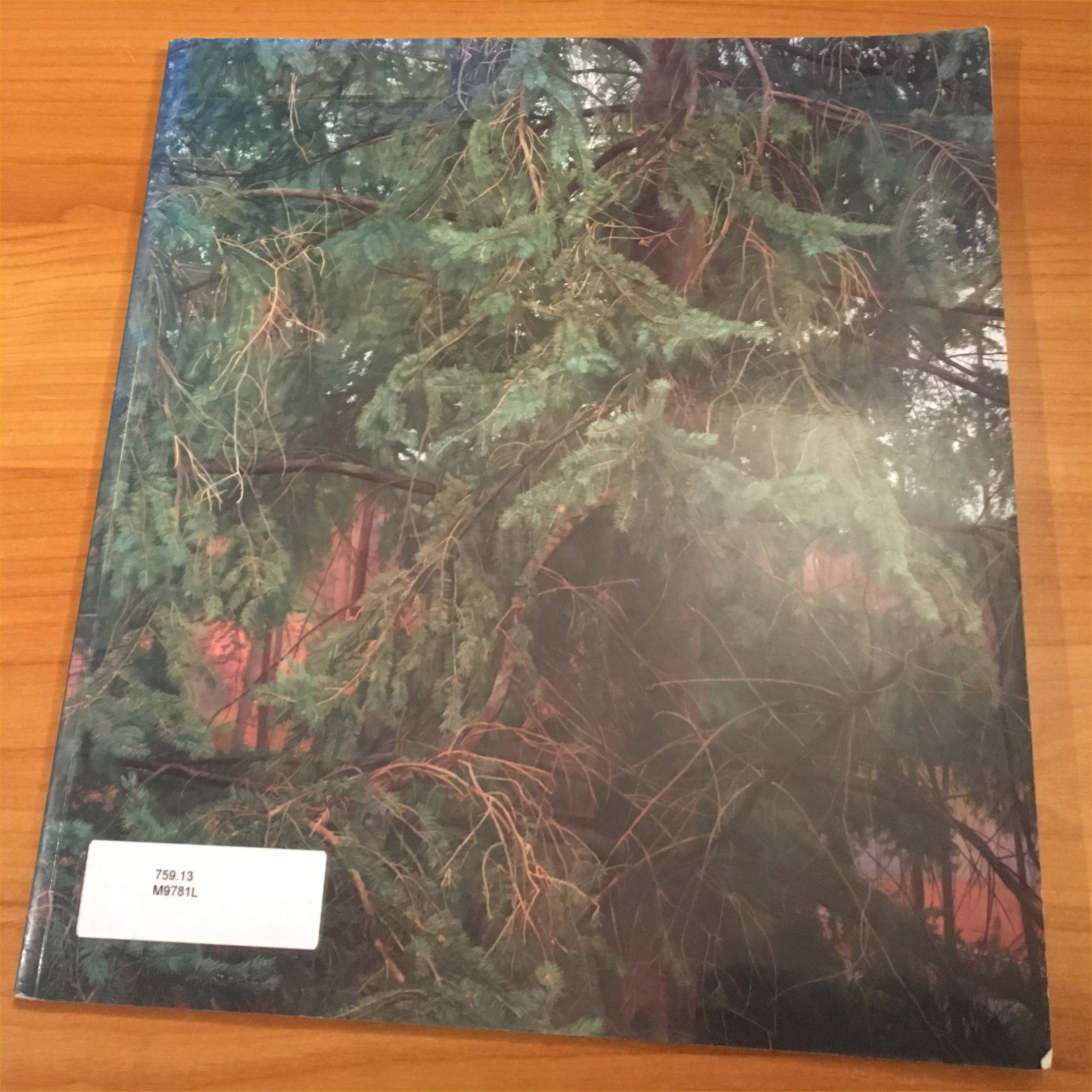 Well, it’s football season again, so I will finally get a chance to review some of the artists’ monographs that I got
Well, it’s football season again, so I will finally get a chance to review some of the artists’ monographs that I got 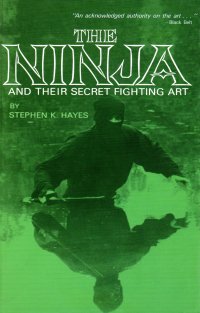 I bought this book at ABC Books
I bought this book at ABC Books 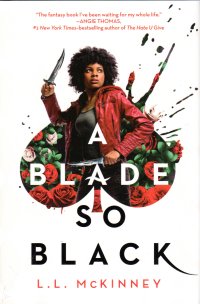 I bought this book at
I bought this book at  In keeping with my recent spurt of Ozarkiana (
In keeping with my recent spurt of Ozarkiana ( This book is a bit of local color. It was written in the early 1990s by a woman who grew up on a farm outside of (but which is probably now in) Nixa, a little town south of Springfield. It recounts very short, three to eight paragraph slice-of-life memories about farm work, socializing, family relationships, and whatnot interspersed with numerous poems composed by the author, her family, or those in her social circle.
This book is a bit of local color. It was written in the early 1990s by a woman who grew up on a farm outside of (but which is probably now in) Nixa, a little town south of Springfield. It recounts very short, three to eight paragraph slice-of-life memories about farm work, socializing, family relationships, and whatnot interspersed with numerous poems composed by the author, her family, or those in her social circle.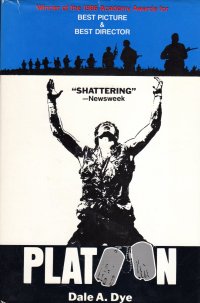 This book is the novelization of Oliver Stone’s Academy Award-winning screenplay. I’ve never actually seen the film, and I really haven’t watched a lot of Vietnam movies
This book is the novelization of Oliver Stone’s Academy Award-winning screenplay. I’ve never actually seen the film, and I really haven’t watched a lot of Vietnam movies  It’s very rare for me to read a book written in the last couple of years, so it says something when I read a book in its week of release. Robert Crais is the only author that can claim that honor, slight that it be. Well, if you search for
It’s very rare for me to read a book written in the last couple of years, so it says something when I read a book in its week of release. Robert Crais is the only author that can claim that honor, slight that it be. Well, if you search for 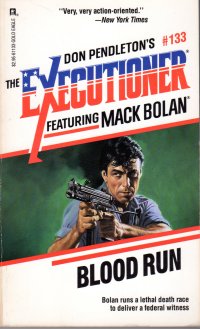 I was disappointed with
I was disappointed with  This book is a short collection of historical musings written by the curator of the Christian County Historical Museum in 1980. As such, it focuses on Christian County, especially Nixa and Ozark, although the abandoned town of Riverdale punches above its weight in these pages as the town had a couple of mills and spawned Ma Barker and her boys.
This book is a short collection of historical musings written by the curator of the Christian County Historical Museum in 1980. As such, it focuses on Christian County, especially Nixa and Ozark, although the abandoned town of Riverdale punches above its weight in these pages as the town had a couple of mills and spawned Ma Barker and her boys. This book is nominally the last Executioner book from the 1980s: its cover date is 12/89. Almost a year into George H.W. Bush’s presidency. Midway through my senior year of college–I was pretty busy with DECA, the writer’s club, and National Honor Society at school, which was compounded by the fact that I didn’t have a car and lived
This book is nominally the last Executioner book from the 1980s: its cover date is 12/89. Almost a year into George H.W. Bush’s presidency. Midway through my senior year of college–I was pretty busy with DECA, the writer’s club, and National Honor Society at school, which was compounded by the fact that I didn’t have a car and lived  I got this book at Rublecon last weekend. Rublecon is a small comic/toy convention held in Relics’ event center. I missed it last year because when I pulled into the parking lot, I could not find a parking space, and my family was reluctant participants anyway.
I got this book at Rublecon last weekend. Rublecon is a small comic/toy convention held in Relics’ event center. I missed it last year because when I pulled into the parking lot, I could not find a parking space, and my family was reluctant participants anyway.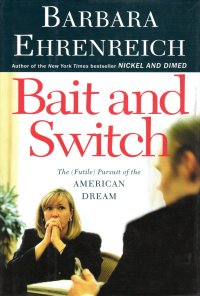 You probably don’t know, gentle reader, that I read Ehrenreich’s Nickel and Dimed: On (Not) Getting By In America around 2003 (my beautiful wife read it and sort of fisked it in two parts,
You probably don’t know, gentle reader, that I read Ehrenreich’s Nickel and Dimed: On (Not) Getting By In America around 2003 (my beautiful wife read it and sort of fisked it in two parts,  When I picked up this book at Hooked on Books
When I picked up this book at Hooked on Books 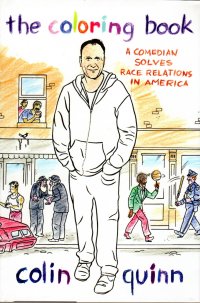 Well, it has happened: I have finally been reduced to reading an actual Coloring Book to pad my annual reading statistics. Oh, how the might he? have fallen.
Well, it has happened: I have finally been reduced to reading an actual Coloring Book to pad my annual reading statistics. Oh, how the might he? have fallen.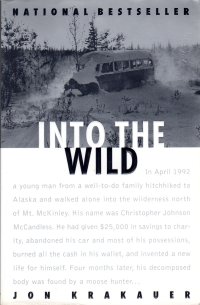 I bought this book at Calvin’s Books
I bought this book at Calvin’s Books  When I read the preceding Little House book, On the Banks of Plum Creek
When I read the preceding Little House book, On the Banks of Plum Creek 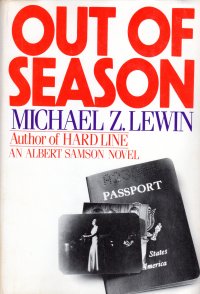 This book is the bread and butter of 1970s and 1980s midlist genre fiction. It’s toward the sixth book of an eight book series where the seventh and eighth books come at a gap of seven and thirteen years when the first six were within a span of thirteen years. The series character, Albert Samson, is a throwback of a private invesigator who is a bit of a cipher, a guy running around talking to people and taking notes and figuring things out. It might even have been a throwback in the 1980s, actually, since the likes of Robert Crais and Robert B. Parker were writing more vivid, personality-driven detective thrillers.
This book is the bread and butter of 1970s and 1980s midlist genre fiction. It’s toward the sixth book of an eight book series where the seventh and eighth books come at a gap of seven and thirteen years when the first six were within a span of thirteen years. The series character, Albert Samson, is a throwback of a private invesigator who is a bit of a cipher, a guy running around talking to people and taking notes and figuring things out. It might even have been a throwback in the 1980s, actually, since the likes of Robert Crais and Robert B. Parker were writing more vivid, personality-driven detective thrillers.